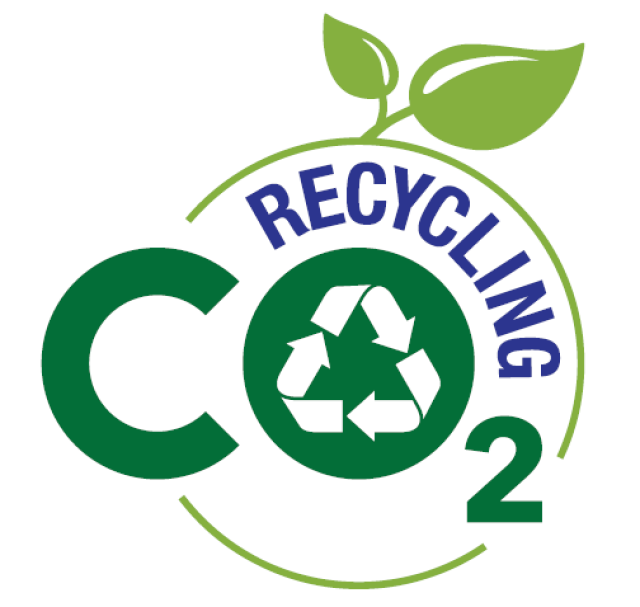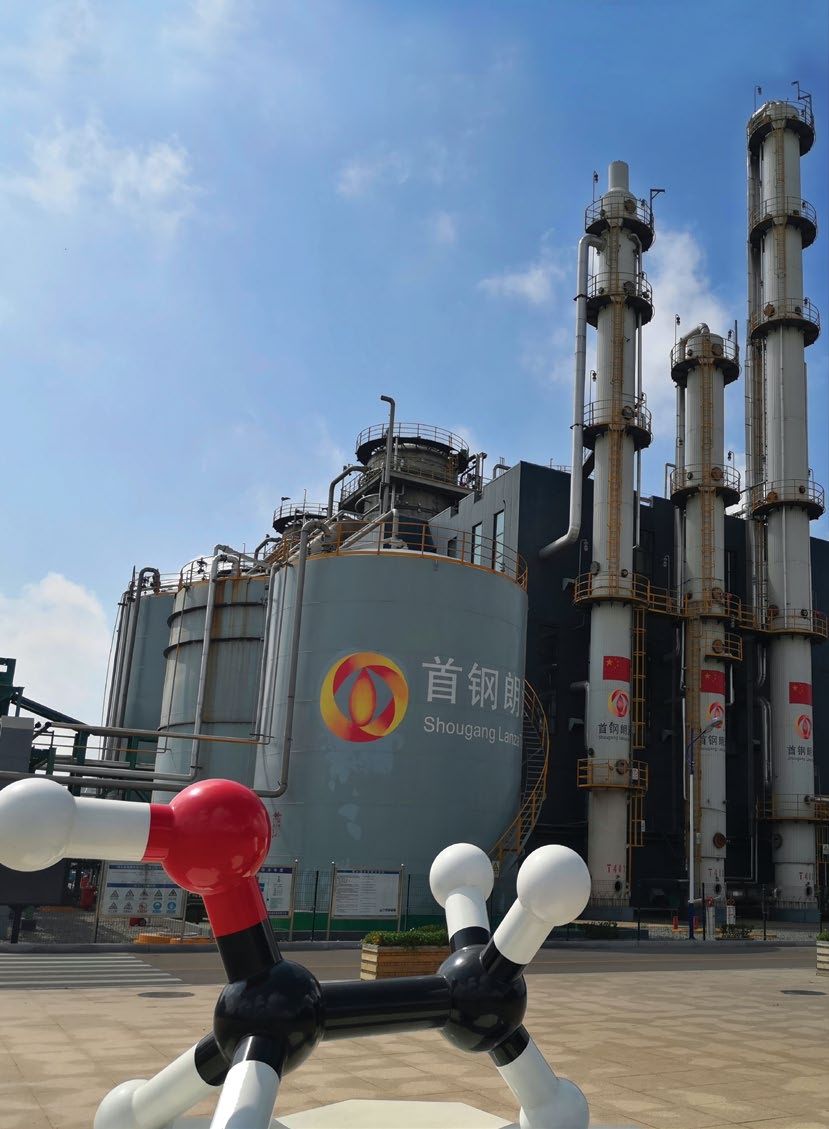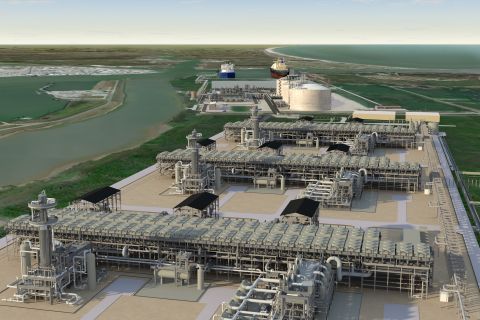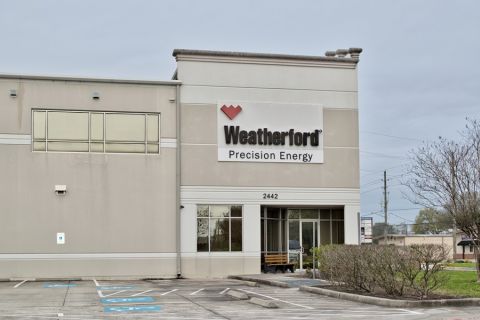
(Source: Shutterstock.com/Hart Energy)
Hart Energy Special Report
Energy ESG: Investing in Our Future
An in-depth report on the state of ESG initiatives in oil and gas. This Energy ESG special report produces a clear picture of ESG today. Learn more
Brought to you by
As oil and gas operators race toward their goals of net-zero carbon emissions, they’re looking for anything that will give them a leg up on the competition. Many have deployed the infrastructure and resources necessary for carbon capture, utilization and sequestration, or they have started investing their money and resources into forms of renewable energy, or both. While these are important efforts and should not be overlooked, there is one idea that not many have yet explored in the pursuit of carbon reduction: carbon recycling.
Carbon recycling refers to using carbon after it has already been used for its primary purpose for another project. Although it hasn’t been used in the oil and gas industry—yet—it could be a valuable asset for aiding opera- tors to be more sustainable with their emissions. The technology would give operators a more productive use of their byproducts and could even reduce the amount of CO2 emitted.
Founded in 2005, LanzaTech Inc. specializes in carbon recycling technology, and it has partnered with several companies to help them reduce their carbon footprints and promote more ecofriendly production.
Johanna Haggstrom, vice president of chemicals and hydrocarbon fuels technology with LanzaTech shared details of the carbon recycling process with Hart Energy and why oil companies might want to invest in this technology in the near future.
From carbon to yoga pants
To understand the full potential of carbon recycling, it is important to first understand how the process works. LanzaTech’s process is “based on gas fermentation technology,” meaning it makes fuels through the fermentation of naturally occurring organisms, Haggstrom said. The fermented gases are then used to make fuels, or chemicals
“The LanzaTech process converts carbon-rich gas streams to valuable products using its proprietary microbes that feed on gases rather than sugars, as in traditional fermentation,” Haggstrom said. “The robustness of the LanzaTech microbial system enables it to use a variety of point- sourced, nonfood, low-cost and highly abundant feedstocks.

From there, they are able to produce chemicals from carbon-rich streams, such as reformed biogas, landfill gas, CO2 offgas from biorefineries and industrial offgases from steel and ferroalloy mills, to name a few. Those streams can then be incorporated into products like rubber, plastics and synthetic fibers.
According to Haggstrom, ethanol is a key product of the LanzaTech process, which can be used to make ethylene, polyethylene (PE) and polyethylene terephthalate (PET).
“LanzaTech ethanol is chemically identical to other forms of ethanol and can be used as a fuel as well as an ingredient in other consumer goods,” she said. “The ethanol can also be converted to ethylene— which is one of the most commonly produced organic chemicals—using established commercially available technology. Ethylene is widely used in the production of polyethylene, which is a raw material in the pro- duction of plastic products.”
PE and PET have been used in a variety of consumer products, from cleaning supplies to cosmetic packaging to athletic apparel. The Mibelle Group, L’Oréal, lululemon, Unilever and Coty have all partnered with LanzaTech to incorporate carbon-recycled ethanol, PE and PET into their products.
“The ability to recycle carbon in this way really creates a new carbon economy and industrial symbiosis. Who would have thought that it would be possible to wear yoga pants created from steel mill emissions?” Haggstrom added. “LanzaTech is currently developing a pipeline of commercial projects that extends well beyond steel offgas and ethanol product applications.”
Leaving no (carbon) footprints
The environmental impact of recycling carbon is monumental. While many companies have deployed carbon capture and storage technologies to reduce the carbon in the atmosphere, this technology puts the production waste to good use, leading to a more productive workflow and a cleaner environment.
The fermentation process pro- duces platform chemicals “that serve as building blocks to indispensable consumer products such as rubber, plastics, synthetic fibers and fuels” while reducing harmful emissions, benefitting the environment as well as the company itself. According to Haggstrom, the companies are able to use the waste they already create while gaining the added advantage of lowering their carbon footprint.
“As an example, when using municipal solid waste, the process avoids the need to landfill or incinerate unsorted, unrecyclable waste streams, avoiding both methane and CO2 emissions,” Haggstrom said. “As another example, by not emitting flue gas as CO2, less pollution and particulates are generated. LanzaTech estimates that its products reduce greenhouse gas emissions by over 70% when compared to equivalent products derived from fossil fuels.”
In addition, the LanzaTech alcohol- to-jet (ATJ) process converts ethanol into synthetic paraffinic kerosene (SPK) to be used as an alternative to conventional jet fuel. In a test flight commissioned by the National Research Council of Canada to ensure the product worked, LanzaTech blended 92% ATJ-SPK with 8% aromatics.
“The fuel blend was successfully flown at high-altitude cruise conditions and Mach 0.7, where the global warming effects of aviation take place,” Haggstrom said. “Results showed when compared with conventional jet fuel, soot and particulate emissions from the ATJ-SPK fuel blend were significantly reduced more than 90%.”
Weighing the financial pros and cons
There is always one main question on operators’ minds when a new piece of technology or process is introduced: How much is this going to cost? Financially speaking, LanzaTech’s carbon recycling process can vary in cost based on factors of the project like geographical location, utility costs, labor and materials, market conditions and available incentives.
“The cost also depends on the feed- stock used, and the LanzaTech gases have the advantage of being point- source, nonfood, low-cost and highly abundant,” Haggstrom said. “The cost will vary by geography however, and be lower for direct use of gas streams over those that need additional con- version steps, like gasification.”
Even with the uncertainties of the economic prospects, there are some unexpected benefits from a financial standpoint for companies that choose to invest in carbon-recycling technology. LanzaTech’s primary products—fuels and chemicals— already generate a lot of revenue on their own, but even more commercial opportunities can be found in the microbial biomass generated at each operational facility. Sticking with the theme of recycling, the biomass can be reused as feed and fertilizers for livestock and fish.
“I think it is important to first highlight that having an economic benefit and an environmental focus does not have to be mutually exclusive. Carbon recycling provides the chance to turn a potential liability into an opportunity with economic benefits,” Haggstrom said. “Today, the world demands that companies do better and consider the long-term environmental impact of their products. Funding opportunities have now become less available to those that do not keep the environment at the forefront.”
LanzaTech has developed the capability to switch products at a commercial scale within a matter of weeks. “This capability will enable LanzaTech customers to maximize the value of their assets by producing the highest
value product at any given time,” Haggstrom said. “If the ethanol markets are trending downward, a customer can change the microbe in the production facility to one that produces a chemical of higher value with minimal additional capital investment. This flexibility is tremendously valuable in a world where commodity volatility can impact the profitability of LanzaTech’s customers.”
What does this mean for the energy industry?
Beyond American investors pushing for carbon emissions reduction, the U.N. Sustainable Development Goals to limit global warming to 1.5 C “means that emissions will need to peak as soon as possible, followed by rapid reductions,” a statistics report warned.
“Global carbon emissions need to fall by a staggering 45% by 2030 from 2010 levels and continue at a steep decline to achieve net-zero emissions by 2050,” the report said. “As of May 2019, 186 parties ratified the Paris Agreement.
Parties to the agreement are expected to prepare, communicate and maintain successive NDCs [nationally determined contributions], including targets, policies and actions planned in response to climate change.”
Facing pressures to reduce their carbon footprints as quickly and drastically as possible, companies are looking for any edge to get closer to net-zero emissions. LanzaTech’s carbon recycling technology could be the redeeming quality for those struggling oil and gas companies.
“Investors see the benefits of this from both an economic and an environmental perspective,” Haggstrom said. “LanzaTech has raised over $500 million in funding so far from a variety of venture capitalists and strategic investors, including, for example, Sinopec, Novo Holdings, Khosla Ventures, Mitsui, Indian Oil Corp., BASF, Petronas, Primetals and Suncor.”
Although most of the carbon-recycled fuels and chemicals have been used in consumer household products, the potential exists to benefit titans in the energy industry. Perhaps since reducing carbon emissions is such a heavy topic at the moment, oil and gas companies will come to see the value of this technology and implement it into their portfolio of ESG innovations.
“The beauty of biology is that it can make order from chaos,” Haggstrom said. “Gas fermentation, using microbes to generate chemicals, is less restrictive than the traditional thermochemical process, which requires order to make order.”
Recommended Reading
Chevron’s Tengiz Oil Field Operations Start Up in Kazakhstan
2024-04-25 - The final phase of Chevron’s project will produce about 260,000 bbl/d.
ProPetro Ups Share Repurchases by $100MM
2024-04-25 - ProPetro Holding Corp. is increasing its share repurchase program to a total of $200 million of common shares.
Segrist: The LNG Pause and a Big, Dumb Question
2024-04-25 - In trying to understand the White House’s decision to pause LNG export permits and wondering if it’s just a red herring, one big, dumb question must be asked.
Baker Hughes Hikes Quarterly Dividend
2024-04-25 - Baker Hughes Co. increased its quarterly dividend by 11% year-over-year.
Weatherford M&A Efforts Focused on Integration, Not Scale
2024-04-25 - Services company Weatherford International executives are focused on making deals that, regardless of size or scale, can be integrated into the business, President and CEO Girish Saligram said.









